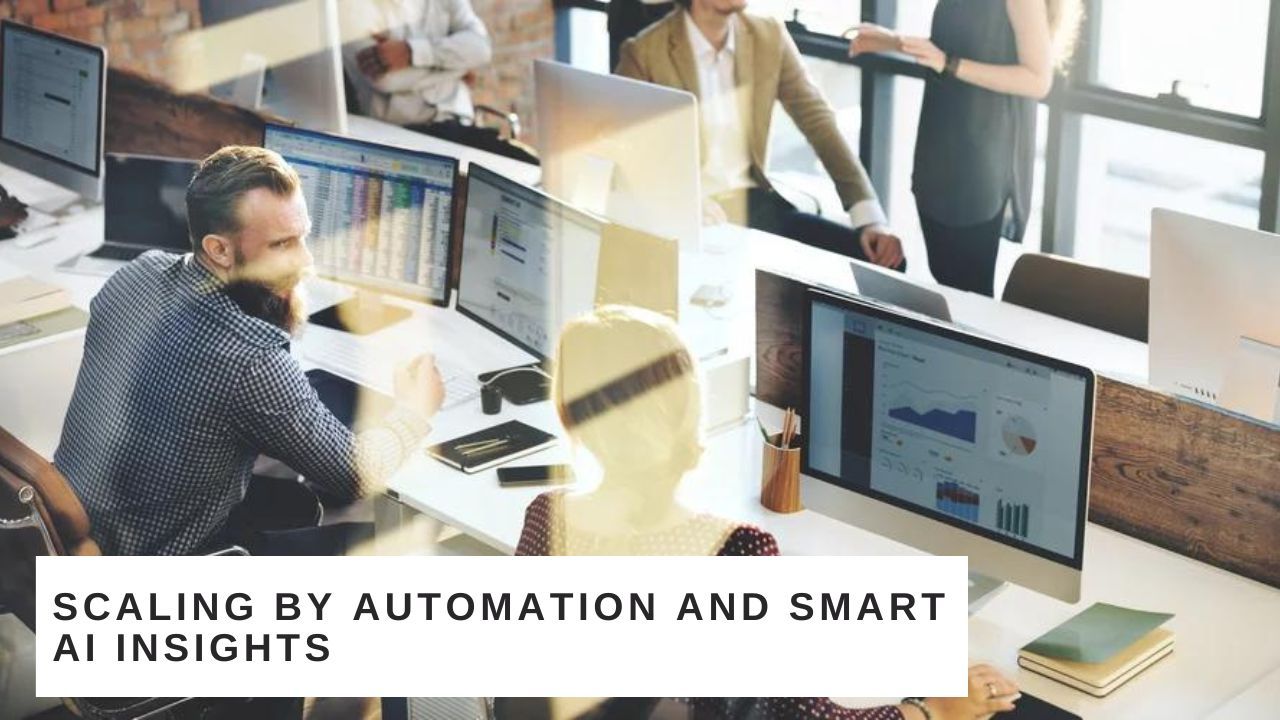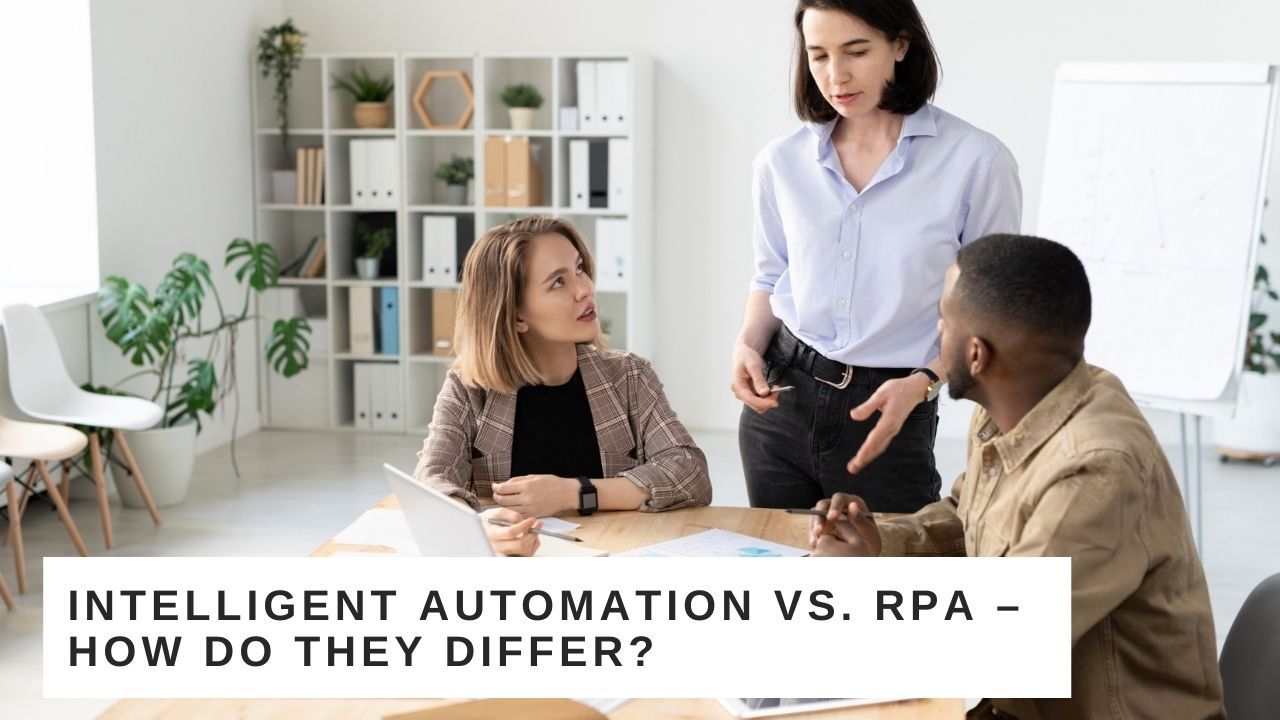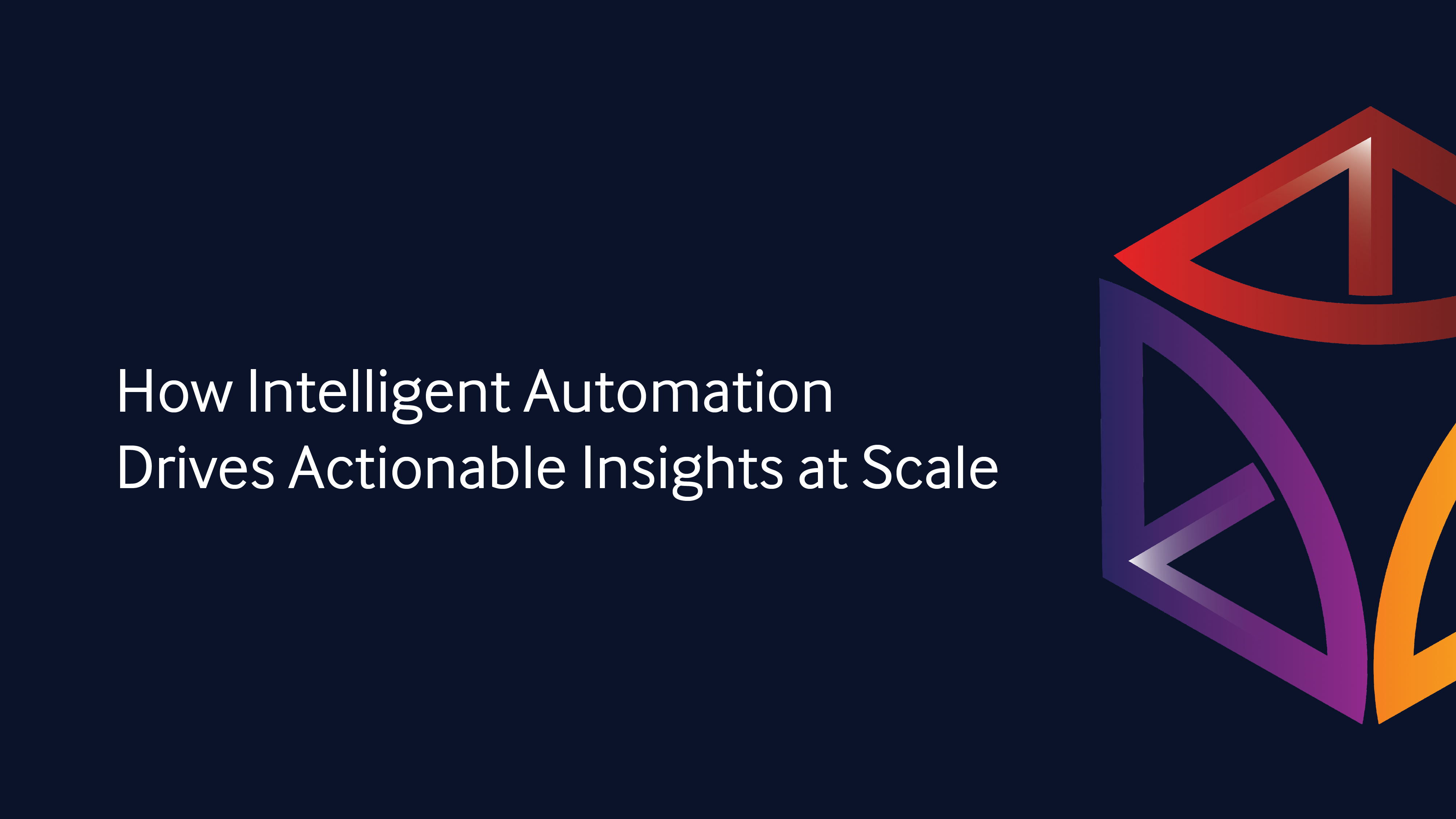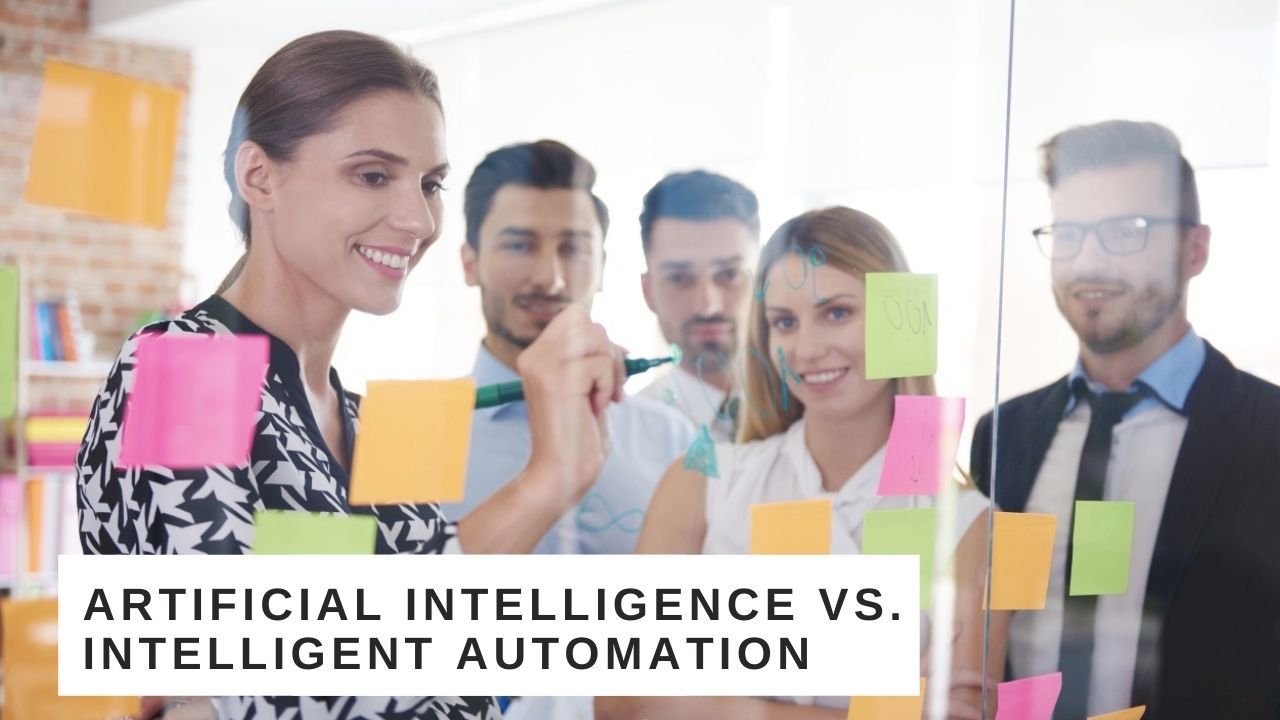Data Integration with Context
Written by: Mark Cowan, CDO, Put It Forward
17 January 2019.
7 minutes read

Data integration is no longer about connecting one system or application to another. It’s about connecting people, systems and data to enable unrestricted collaboration and cohesive data stories. One story is your customer lifecycle. The right approach to data integration makes your customer lifecycle visible and actionable from the first contact through every touch point, so employees involved along the way have the information they need to do their jobs.
What is the right integration approach? We operate in a world of choices, and one in which we are trying to create platforms on which to operate our businesses. In a platform view, disjointed products need to work together. The integration method you choose determines how well the products connect and transfer data and the degree to which you can control your data and data quality, transparency, measurability, usability and security ― and ultimately your data stories.
Ideally, data integration is comparable to snapping together a toy’s colored plastic squares. The pieces all fit, and each piece connects with others to form one cohesive unit.
Integration Types: True Effects on the Business
Purchasing trends are shifting from IT to line of business (LOB) buyers who are trying to solve a problem quickly ― improving collaboration or generating revenue, for example. The enterprise data strategy and integration approach most likely aren’t decision factors, but they should be.
Integration approaches fall into two categories: code-based and configuration-based.
Code-Based Integration
Code-based integration is point-to-point integration, like a string fixed between soup cans. Point-to-point integration allows simple data transfer in one direction with field-to-field mapping. Users can’t validate or correct data because they have no visibility into the data flow. Point-to-point integration, which is not recommended to connect more than three points, is supplied in these forms:
- Native integration ― branded or “skinned” by vendors that deliver it with their products. Leads to platform brittleness because swapping out anything is difficult.
- Vendor-embedded ― vendor-licensed third-party code embedded inside a product.
- Developer-supplied ― costly custom code that involves many enterprise resources and takes weeks or months to move through development, testing and quality assurance before it goes into production.
The outcome of code-based approaches? Multiple, parallel, opaque, inflexible integrations that hide and restrict data flow. While a vendor-supplied native integration is “free,” it doesn’t provide control. And costs can add up quickly when you consider code fixes, decisions based on bad data, and missed opportunities resulting from lack of analytics.
Third-Party Configuration-Based Integration
A third-party configuration-based integrator takes ownership of applications, code, and maintenance, relieving enterprises of the burden of deployment and management. Put It Forward’s data automation network integrates data services, development, and management tools, offering a “flip the switch” approach that allows business rules, properties, and schedules, all in one platform. Using preconfigured templates, users can connect applications in a few minutes, enabling bi-directional data transfer and even on-the-fly changes. All with no data throttling, memory allotments or scalability limits.
This approach easily solves LOB problems, and it shifts the conversation from technical integration to business integration. IT can manage at the platform level and better orchestrate where data is going or where it needs to go. Instead of writing code, developers can focus on strategic business issues.
Configuration-based integration puts enterprises on the path to:
- Platform independence
- Application independence
- Control of data stories
- Lower overall platform cost
Outcomes of configuration-based integration:
- Reduce lead qualification time by up to 175%
- Increase productivity by 10-20x
- Increase customer satisfaction by up to 6x
At Put It Forward, we believe that an enterprise can operate best when information is put forward to the next person in line whose job is dependent on good data. A configuration approach includes a prebuilt foundation unto which business rules, APIs, analytics, and products can be layered.
The solution provides transparency, measurability, usability, accuracy, completeness, repairability and security. It checks data integrity; for example, two fields go through integration and need to equal three. Logs and time stamps record activities. Views are customizable for each user and for managers and administrators.
About the Author: Mark Cowan is the Chief Data Officer at Put it Forward, the Data Automation Network. He has contributed to the definition of several global data standards, patents for data management, distributed system integration and financial systems. Mark is a recognized expert in system design, integration, and business enablement.

Patterns for Success
IDC Analyst Guidance
Report

Informed Choices
Buy or Build
Infosheet

Digital Transformation
Infosheet
Case Study

6 Questions To Ask A Potential Partner
Guidebook

The Truth With Native Integration
Can You Afford It?
Whitepaper
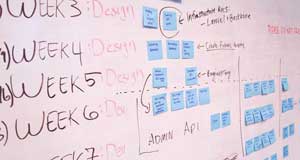
Best Practice Guidebook
Roadmap for Success
Report

Solutions Templates
Best Practice Templates
Blog











